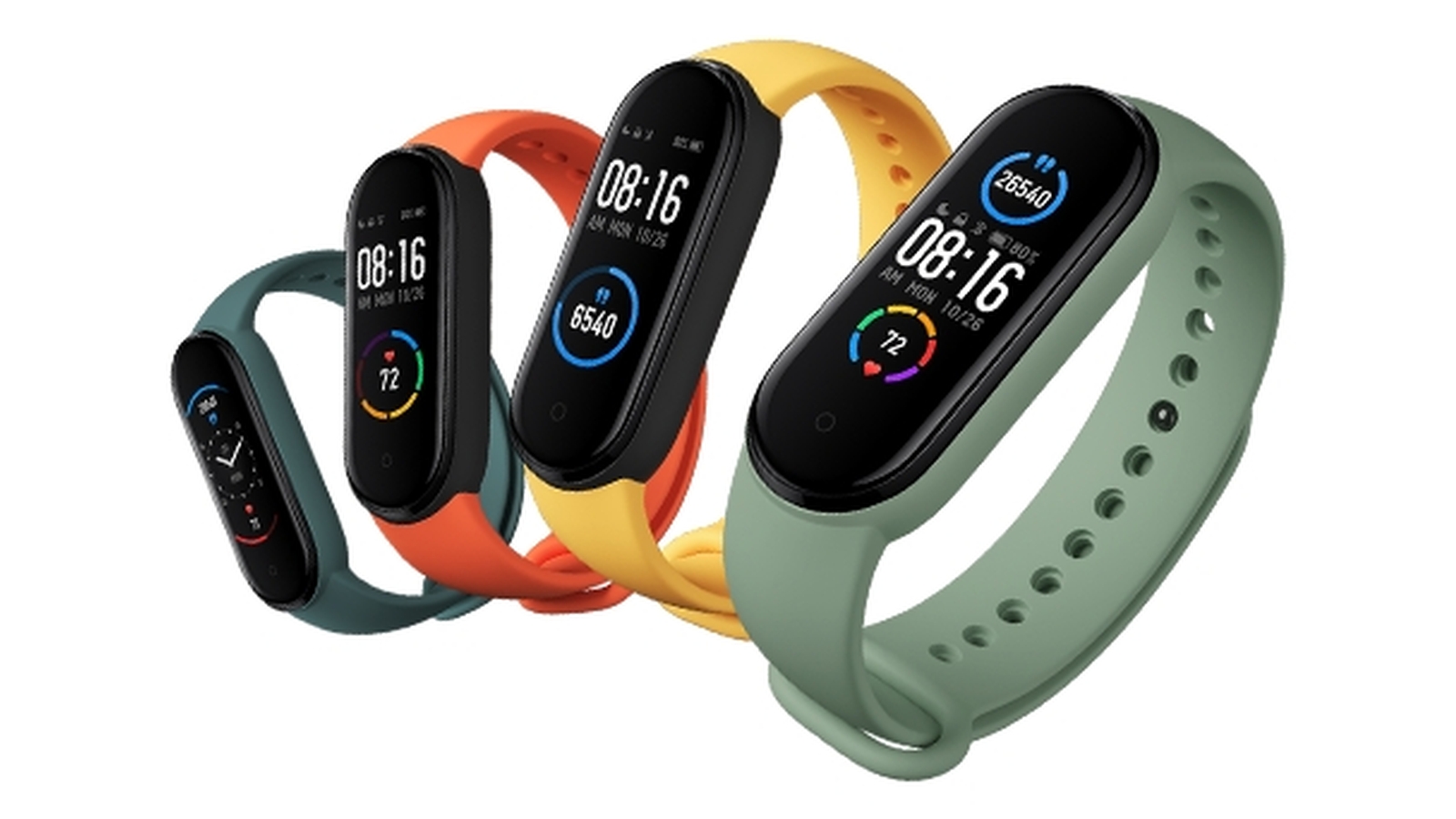Xiaomi is one of the leading fitness wearable makers worldwide, regularly outperforming the likes of Garmin, Fitbit and Samsung. Despite this global success, it has been especially difficult finding the highly-regarded Xiaomi Mi Band trackers in South Africa but luckily the very latest model, the Mi Band 5, is now widely available locally.
Which is right for you?
To be clear, it is an entry-level tracker for the lightweight user who does a bit of gym and enjoys nature walks on the weekend but is still interested some vital statistics about their overall well-being. After two weeks of continuous use we found ourselves delightfully surprised by its overall performance, and it shot straight into list of best trackers available in South Africa.
Here are the 5 things we especially like about the Xiaomi Band Mi 5:
1. Low price
This is a full-featured tracker (step count / sleep monitoring / continuous heart rate / phone notifications) that’s compatible with nearly a dozen main sports and also waterproof to IP68, all for just R800. It’s very hard to argue with this price when the most basic models from both Garmin and Fitbit cost more than twice as much and has a tiny monochrome screen.
2. Colour screen
After the battery-saving monochrome screens seen on other basic trackers this cheery colour screen was a breath of fresh air. We found the vibrant colours and overall screen resolution far exceeded our expectations, especially at this price. You can customise the layout of the home screen on the device itself to show the metrics that matter most to you (heart rate, daily step count etc.) and also download additional fun or functional home screen designs through the app.




3. Easy operation
Even as an experienced user I find the operations of some trackers bewildering. Is the sleep counter two up and a left swipe, or one down and a right? How do I get back to the home screen from here? The Mi Band 5 focuses on keeping things linear. It’s all up and down swipes and tap to drill down when you reach the right segment. We’re also delighted there’s no side buttons to get snagged on things or get depressed when you’re bending your wrists backwards, but just a highly responsive tap sensor for a back button.
4. Battery life
We were amazed when, after a week we had received no “low battery” warnings. After 10 days, and after the Mi 5 had continuously tracked our 4-hour mountain walk, we switched into battery-saver mode. It took another two days to fully deplete its battery. Only the Huawei Watch GT series, starting at ZAR3500, can offer around nearly two weeks of battery life.

5. Charger cable
Both Fitbit and Garmin have elaborate cradles, hooks and clamps required to juice up its trackers, and getting reliable contact can be a struggle. The Mi Band 5 has a simple magnetic clip which required no fiddling or careful alignment to start charging. In a trick also used Huawei, it uses the magnetic force to automatically “pull” the pins into the correct alignment with the contacts for fuss-free full-contact charging.

It’s not all upside though. There were some parts of the Mi Band 5 we thought could use improvement.
Phone app
This is not as refined as the Garmin or Fitbit app experience. All the basic metrics are available, but it’s not laid out nearly as efficiently or as economically as these others, so you have to poke around several extra screens to find all your daily stats. Also, the feedback about what the scores mean is minimal to non-existent, so its hard to know how to improve your health stats.
Readability
While the interface works marvellously well for the most part, the single screen listing all the most useful functions (stopwatch, music controls, settings etc.) contains type barely a millimetre high, despite having ample space available. You might find yourself squinting at this one critical screen more often that you’d like.
